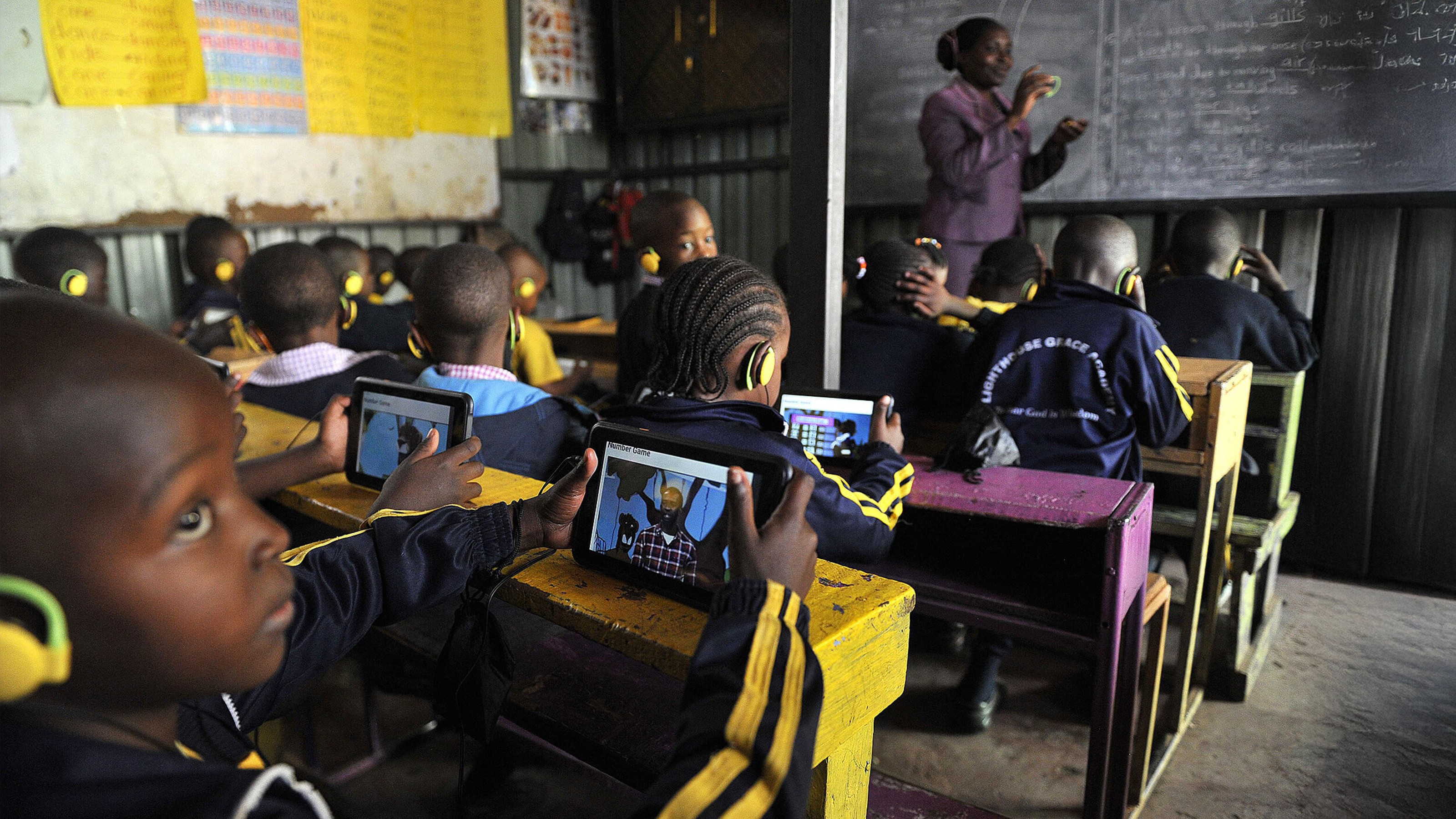Welcome to the Digital Neighborhood

What’s the big idea?
Anyone who doubts that the Internet has the potential to bring people together should take a closer look at Neighborgoods, a service that helps users share goods with people living nearby. At first blush, Neighborgoods sounds like it’s just a service for penny pinchers, but as the website’s mission statement says, “NeighborGoods helps members live less wasteful and more connected lives.”
Here’s how it works: If you need a bicycle for the afternoon or a cooking pot for a dinner party or any other common household supplies, you can search a map of your neighborhood to see if anyone on the website has posted that item to be shared. Once you find what you’re looking for, you can browse the user’s profile to learn more about him or her and arrange for how to pick up the item. Not only does this give you the opportunity to be frugal, but it also provides an excuse to go out and introduce yourself to those who may only live a few blocks away, but who feel somehow more removed than the strangers you follow on Twitter.
Micki Krimmel, the woman behind the website, has aptly described the service as using “new technology to do old things.” In this case, that means using the Internet to encourage neighbors to meet and share with one another – an activity that should be more commonplace than it is. After all, what better way is there to build a bond with someone in your community who you don’t know than by offering to share?
What’s the significance?
For years we’ve looked to the Internet to help connect people scattered across the world while ignoring the fact that many are lacking strong connections to those in their local community
In a particularly devastating piece this month, The Atlantic highlights a series of studies showing increased Internet usage coincides with greater levels of loneliness and that using Facebook in particular leads many to feel disconnected from their family and friends. As the article concludes, “What Facebook has revealed about human nature… is that a connection is not the same thing as a bond, and that instant and total connection is no salvation.”
This may explain why we’re beginning to see a new crop of online networks like Neighborgoods which don’t just hope to connect people online, but actually strive to create stronger bonds offline as well. These also include apps like Highlight and Banjo, which alert you when friends and acquaintances are nearby, as well as GrubWithUs, which helps users find people nearby to eat with.
The problem with services like Facebook and Twitter is that their primary purpose is to encourage users to spend more time online rather than cultivating a community in the real world. In essence, they just add a layer between people rather than bringing us closer together. But in time we may find that the truly satisfying online communities are those that explicitly seek to help us flourish offline.
The Internet is finally learning how to be social, the right way.
Image Credit: Shutterstock.com





